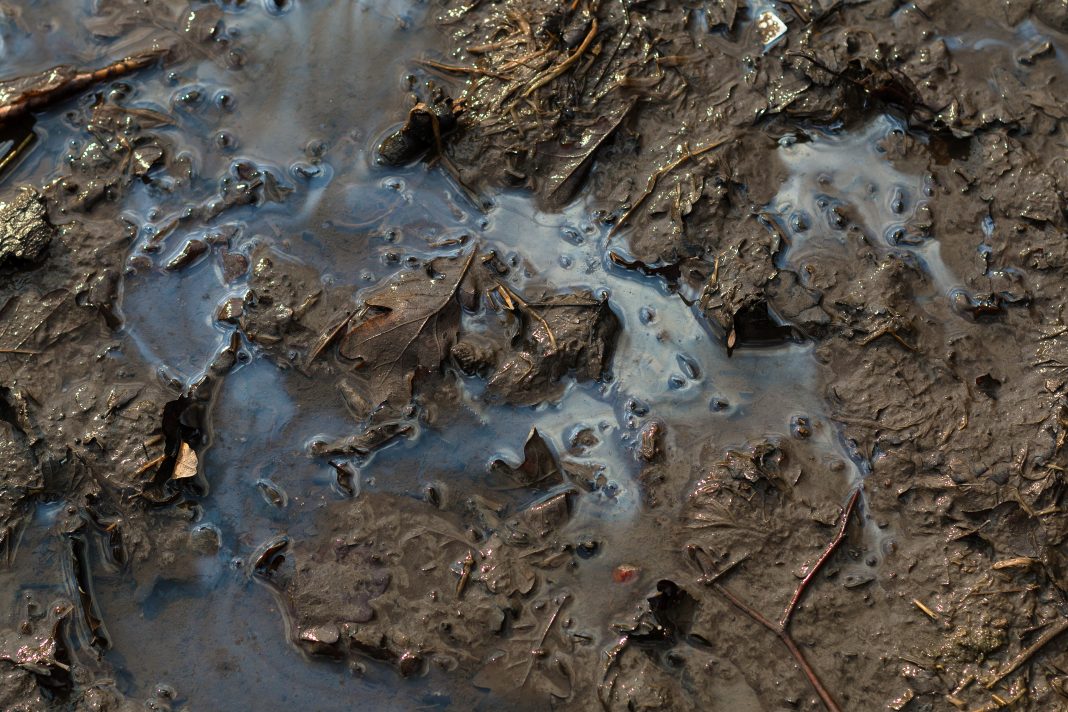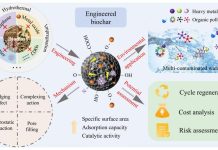Sandia chemical engineer Tuan Ho has led a team investigating the possibility of using clay for carbon capture
The atmospheric level of carbon dioxide is almost double what it was before the Industrial Revolution. However, it only constitutes 0.0415% of the air we breathe.
This presents a significant challenge to researchers trying to design artificial trees or other methods of capturing carbon dioxide directly from the air. A Sandia National Laboratories-led team of scientists is attempting to solve this very problem.
Led by Sandia chemical engineer Tuan Ho, the team has been using powerful computer models, combined with laboratory experiments, to study how a type of clay can soak up carbon dioxide and store it.
The scientists shared their initial findings in a paper published earlier this week in The Journal of Physical Chemistry Letters.
‘These fundamental findings have potential for direct-air capture’
“These fundamental findings have the potential for direct-air capture; that is what we’re working toward,” commented Ho, lead author on the paper. “Clay is really inexpensive and abundant in nature. That should allow us to reduce the cost of direct-air carbon capture significantly if this high-risk, high-reward project ultimately leads to technology.”
Why capture carbon?
Carbon capture and sequestration is the process of capturing excess carbon dioxide from the Earth’s atmosphere and storing it deep underground to reduce impact of climate change. These impacts include:
- More frequent severe storms
- Rising sea levels
- Increased droughts and wildfires
Carbon dioxide could be captured from anything from fossil-fuel-burning power plants or other industrial facilities such as cement kilns or directly from the air. Carbon capture from the air is, admittedly, much more technologically challenging.
Carbon capture and sequestration is not considered particularly controversial compared to other climate intervention technologies.
“We would like low-cost energy, without ruining the environment,” comments Susan Rempe, a Sandia bioengineer and senior scientist on the project. “We can live in a way that doesn’t produce as much carbon dioxide, but we can’t control what our neighbors do. Direct-air carbon capture is important for reducing the amount of carbon dioxide in the air and mitigating the carbon dioxide our neighbors release.”
How would clay actually be used for carbon capture?
Ho imagines that clay-based devices could be used like sponges to soak up carbon dioxide, which could then be “squeezed” out of the sponge and pumped deep underground. Alternatively, the clay could be used more like a filter to capture carbon dioxide from the air for storage.
Clay is not only cheap and widely available, but it is also stable and has a high surface area. Clay is made up of many microscopic particles that, in turn, have cracks and crevasses about a hundred thousand times smaller than the diameter of a human hair. These tiny cavities are called nanopores, and chemical properties can change within these nanoscale pores, Rempe said.
Rempe has studied nanostructured materials for capturing carbon dioxide in the past and is, in fact, part of a team that studied a biological catalyst for converting carbon dioxide into water-stable bicarbonate, tailored a thin, nanostructured membrane to protect the biological catalyst and received a patent for their bio-inspired, carbon-catching membrane. This membrane is not made out of inexpensive clay. It was initially designed to work at fossil-fuel-burning power plants or other industrial facilities, Rempe said.
“These are two complementary possible solutions to the same problem,” she said.
How to simulate the nanoscale?
Molecular dynamics is a type of computer simulation that looks at the movements and interactions of atoms and molecules at the nanoscale. By monitoring these interactions, scientists can calculate how stable a molecule is in a particular environment — such as in clay nanopores filled with water.
‘Molecular simulation is really a powerful tool to study interactions at the molecular scale’
“Molecular simulation is really a powerful tool to study interactions at the molecular scale,” Ho said. “It allows us to fully understand what is going on among the carbon dioxide, water and clay, and the goal is to use this information to engineer a clay material for carbon-capture applications.”
How to capture more carbon dioxide and store it better
Sandia postdoctoral researcher Nabankur Dasgupta also discovered that inside the oil-like regions of the nanopores, it takes less energy to convert carbon dioxide into carbonic acid, making the reaction more favorable compared to the same conversion in plain water, Ho said. By making this conversion favorable and requiring less energy, the oil-like regions of clay nanopores make it possible to capture more carbon dioxide and store it more easily, he added.
“So far, this tells us clay is a good material for capturing carbon dioxide and converting it into another molecule,” Rempe concluded. “And we understand why this is, so that the synthesis people and the engineers can modify the material to enhance that. The simulations can also guide the experiments to test new hypotheses.”











